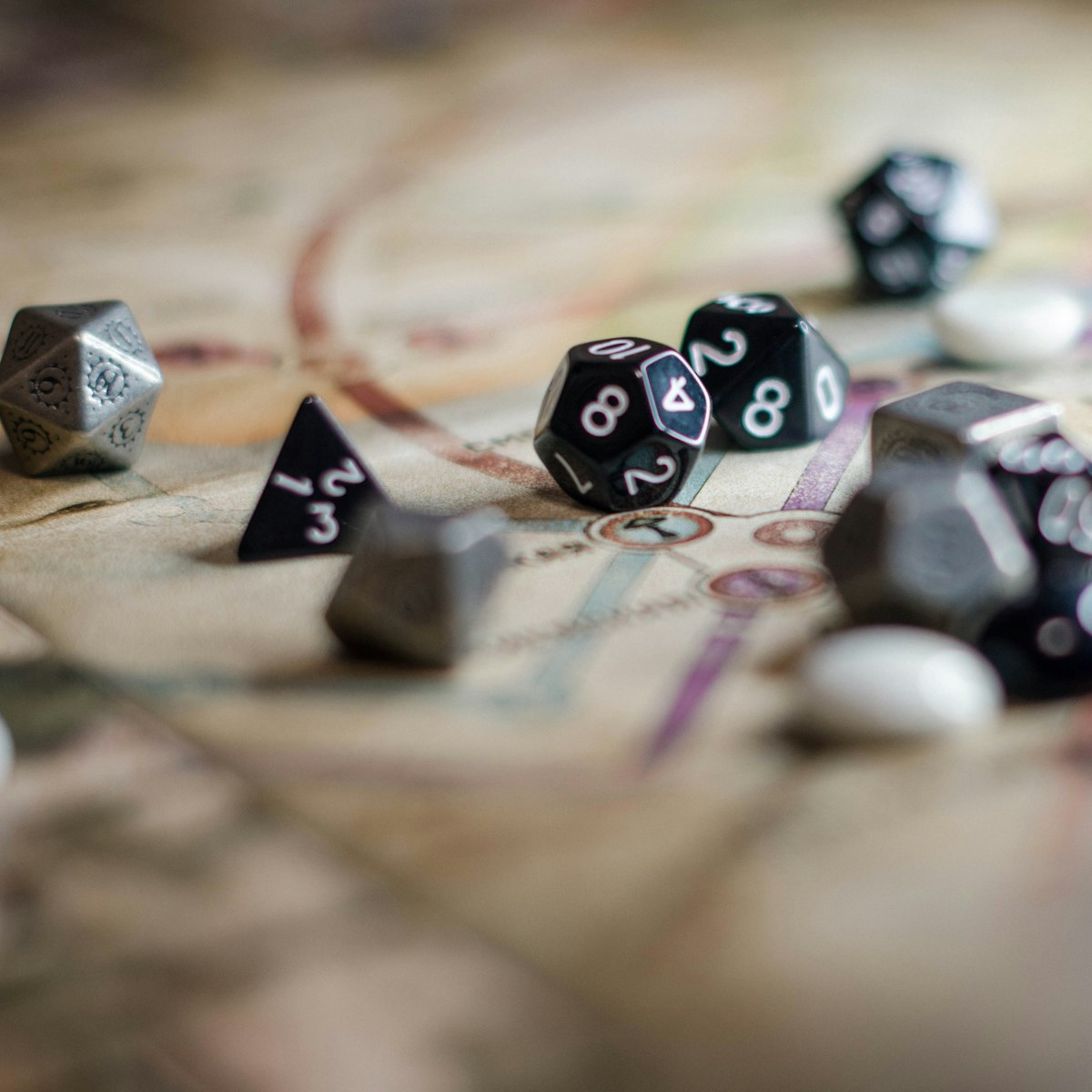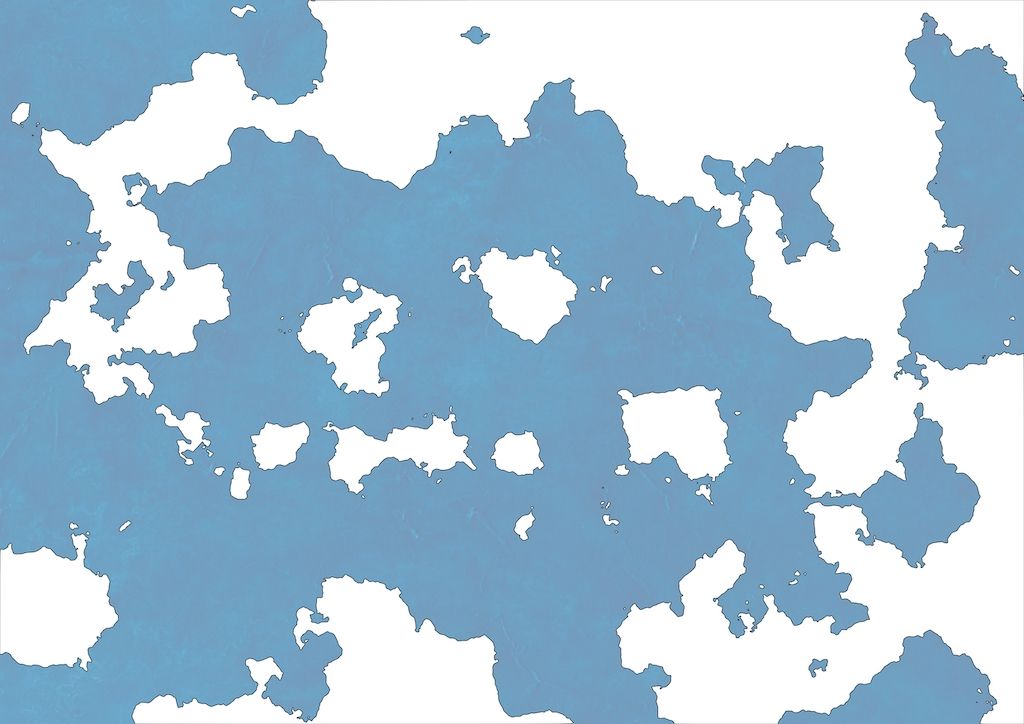Session #0: Prisoners of Akrium
After enjoying my solo RPG game during a camping holiday, I embark on a new campaign in a world inspired by the Ancient Aegean and Spaghetti Westerns.

Update: I've overhauled the map of Alashiya ahead of my first session.
A little under two weeks ago, I wrote about an impromptu solo RPG session I ran while on a camping trip. In enjoyed the experience so much, I’m going to embark a solo RPG campaign starting today with the aim to play and publish my session each Sunday.
This endeavour is part game, part writing exercise, and part discovery. I’m going into this with no plan or story in mind, and the setting is little more than a rough map and a vague idea.
Instead of plotting and planing, I’m writing/playing this by the seat of my pants, using dice rolls and improvisation to make it up as I go. I have no idea if this will yield a coherent story in the end, or a complete mess.
The Ruleset
For the gaming part of this exercise, I’ll use a pick ’n’ mix of table-top RPG lightweight rulesets I’ve mashed together. At its heart, the ruleset is a variation on the D20 system as used by D&D, Pathfinder and many others. The rules are there to provide me with a framework for things like combat and skill checks, but when in doubt, I will err on the side of narrative rather than strict adherence to rules. Unlike D&D, I’ll use a classless system, so what my protagonist can do is determined more by what they have and the narrative, rather than the prescribed features of well-defined class.
More important than the rules, are the collections of random tables I’ve collected for various sources. I’ve also got a system for generating overland hexes and dungeons. They allow the soloist to generate story and game elements on the fly, lessening the cognitive load.
Another important feature of solo play is the Oracle. The Oracle provides the means to ask questions to a non-existent Dungeon Master. At its simplest, the Oracle is a random table that provides answers in a scale from yes, yes but…, complications, no, but and no answers. Oracles can also provide answers to complex question by presenting random words or images, which you then interpret. I’ll be using both in my campaign.
While I think the rules are of secondary importance and interest — at least to me — I know I’ll get questions about them from those who do care about rules. So, if people ask, I’ll do a behind-the-scenes post after I’ve run a couple of sessions. This gives me time to refine the system after seeing what works and what doesn’t. My goal is for the system to see so lightweight that I can hold it entirely in my head.
The Setting
Unlike my Weaver Cycle stories, I’m setting this story in Alashiya, which takes cues from the Bronze and Iron Age Aegean. However, it’s not completely removed from the Weaver Cycle; Alashiya is set in the distant past on the archipelago referred to as the Oskoi Confederacy in the Weaver stories.
Alashiya is a collection of city-states and empires, rather than feudal medieval kingdoms. Instead of your typical Medieval Celtic, Germanic and Slavic sources, I’ll be drawing my inspiration from Etruscan, Greek, Hittite and Levantine source, dusting off my old archaeology lecture notes. In another departure from the Middle Ages, Alashiya’s climate is hot and semi-arid — much like Australia, where I live.
And that’s all I know about Alashiya. I’ll start the campaign with a rough map, a random location, and I’ll flesh the setting out as I go, one session at a time. As I do, I’ll write up the setting in an appropriate location in my Codex.
So, here’s my campaign’s starting canvas.

I generated the landmass using clouds, then added textures, and colour overlays with different blending modes to give it a look I liked. It’s a starting place, and I might redo some of it this week while I prepare for next Sunday’s session #1.
The tone
So, the setting is different from the Weaver Cycle, but the tone is not. I love grit and Grimdark and see no reason to change. If anything the setting lends itself to a mashup between Conan the Barbarian (the good one with Arnie) and a spaghetti western. So, in Alashiya, between those pockets of civilisation (and within them) life is cheap, and there’ll be plenty of enemies being crushed to the sound of the lamentations of their women.
The Protagonist
Finally, we have our protagonist, and in the spirit of this endeavour, I know as much about them as you do — that is to say, nothing. But since I intend to explore the story and world as I go, I’ll refer to them as my Journeyman, my equivalent of Sergio Leonie’s Man with No Name. I may give them a sidekick, but that’s to be determined — by the story, always the story.
With my first roll of the dice, I’ll begin constructing the framework of my protagonist using the ruleset’s character sheet. First up is the character’s physical appearance.
Here’s what I generated.
Physique: Sinewy
Face: Hawkish
Skin: Weathered
Hair: Topknot
Clothing: Antique
Speech: Gravelly
Crikey, I said spaghetti western, and dice gods favoured me with a cross between Joe Cocker and Clint Eastwood. The antique clothing and topknot makes me think of a Samurai right our of Shogun Assassins. This is going to be fun!
Next up, I roll on the Journeyman’s starting gear. I may or may not use these, depending on what the story dictates when I start next week. I’ll also determine our Journeyman’s weapon, and coinage, when I start the story.
Weapon: To be determined
Rations: 2 days
Armour: Brigandine
Helmet: Yes
Tinderbox
Pulleys
Pick
Horn
Finally, I’ll roll for our Journeyman’s stats across the 6 abilities and determine their hit points.
| Ability | Bonus | Saving Throw |
|---|---|---|
| Strength | 3 | 13 |
| Dexterity | 2 | 12 |
| Constitution | 3 | 13 |
| Inteligence | 1 | 11 |
| Wisdom | 1 | 1 |
| Charisma | 1 | 1 |
Hit points are determined with a D8 roll. I rolled a 7, which is pretty good considering.
I’m definitely getting a fighter vibe from this guy, with all his stats favouring physical characteristics. The ruleset I’m using allows me to swap two abilities, which I might do after a little thought before next week’s session.
What’s next
Okay, that’s not bad for a session #0. I’ve announced the campaign, introduced the setting and tone, and created the beginnings of a protagonist. Next week the story begins with a premise and location to be determined.
Meanwhile, I need to do some preparation to make the flow a little easier on the day. That means consolidating the rules, gathering and organising random tables, making a proper character sheet, and creating other assets I think I might need. I’ll probably write an introductory article to Alashiya in the Codex too. While I’ll roll real dice (I prefer this to dice rolling apps), I’ll write out the session on my Mac, and use my iPad to handle maps.
If you find this exercise intriguing, I’d love for you to follow the journey.